If you ever waited for a roll of film to get developed, or flipped through glossy prints at a sleepover while laughing over red-eye selfies, you’ll understand why today’s teens are obsessed with Lapse.
This photo-sharing app revives that disposable camera nostalgia with a digital twist. It’s not about the likes or followers. It’s about snapping a photo, waiting for it to “develop,” and sharing it with a select group of close friends.
For a generation raised on instant everything, the delay is the delight.
Still, as a parent, it’s fair to wonder: Is Lapse just another social media app in disguise? Is it really safe for kids?
Let’s break it down.
What Is Lapse?
Lapse is a disposable camera-style photo app where users take pictures that “develop” hours later — just like a roll of film.
Once a picture is taken, it’s then sent to the “darkroom” to develop. This process can take anywhere between 1-3 hours.
Developed photos can be saved to a personal journal, shared privately with friends, or submitted to the app’s curated Featured page. The app discourages editing and filters, leaning into authenticity over perfection. That’s something we can get behind.
Lapse has no likes, no follower counts, and no endless feed.
Instead, users engage in a quieter kind of sharing, more like a memory book than a highlight reel.
Similar to the Be Real app, Lapse has been dubbed the “anti-Instagram app” and is part of a new wave of social media platforms that prioritize real connections over viral content.
How Lapse Works
Getting started with Lapse takes a little effort. It’s invite-only, meaning users either need an invite from a current user, or they can download it themselves and invite at least five friends to download the app (through syncing contacts) in order to gain full access to it.
This exclusivity helped Lapse go viral. It builds buzz by encouraging users to recruit their friends.
Once in the app, the experience feels more like a digital journal than a social feed. Users take photos through the app’s camera, and after a short delay (sometimes a few hours), those photos become visible in a “developed” gallery. At that point, users can:
- Save the photo to their private journal.
- Share it with close friends or groups.
- Send it as an Instant — a time-sensitive, disappearing message.
- Submit it to the Featured page for others to view (only shared if selected by the Lapse team).
Profiles are minimal. Users can add a profile picture, photo “selects” (a looped video that acts as a banner showcasing a selection of favorite images), a brief bio, favorite song, emojis, age and star sign— and even their school name, which raises real safety concerns. This kind of personal detail can make it easier for strangers to identify or contact your child.
A Lapse user can see their own friend list, but not who others are connected to. The goal is to encourage connection, not comparison.
The app’s layout is clean and simple:
- A camera tab to snap up to 36 photos per roll.
- A developing tab showing which shots are still processing.
- A journal where photos live privately.
- A friends tab for sharing and viewing content.
- A featured tab, which offers a peek at standout public posts.
There’s also a chat function that supports Instants — snaps that disappear after viewing, similar to Snapchat.
How Is Lapse Different From Other Social Media Apps?
Lapse breaks the mold in a few key ways:
- There’s no feed or algorithm suggesting content.
- There are no ads.
- Users don’t rack up followers, likes, or shares.
- It promotes slow posting, encouraging users to wait and reflect before sharing.
- It’s focused on friends-only sharing, not public broadcasting.
This makes it appealing to teens who want to stay connected without the pressure to perform. Instead of curating content for a crowd, they’re simply sharing memories with their close circle — almost like a visual group chat.
What About Parental Controls and Privacy?
Here’s the part parents need to read closely: Lapse has no built-in parental controls. That means:
- No way to restrict who your child adds.
- No content filtering or monitoring options.
- No screen time management within the app.
That said, Lapse accounts are private by default, and strangers can’t browse through your child’s pictures. However, anyone can see their main profile page including anything shared there, and request to be added as a friend. Users must accept a friend request before content or Instants are shared between two people.
So, while the app doesn’t encourage public exposure, it does support private sharing that parents can’t easily oversee. The app design reduces risks around public performance and online strangers, but it still requires trust and maturity to use responsibly.
Is Lapse Safe for Kids?
Lapse may look like a harmless photo-sharing app, but it includes social features that raise safety concerns for kids. Anyone can search for users and send friend requests through the Featured page, making it easy for strangers to connect with children.
While pictures and videos shared on the app are private between friends, profile pages are actually public (with no way to make it private), and can display personal information like age, school name, and profile picture, which can be used to target or groom young users.
The app also allows disappearing messages and photos called “Instants.” These can create a false sense of privacy.
With disappearing messages, kids may be more likely to share something risky, not realizing that screenshots or screen recordings can preserve the content.
Because messages disappear, parents have no way to review conversations or identify harmful behavior. There’s also no real age verification on Lapse, just a toggle button saying the user is over 13, so even younger kids can sign up and lie about their age.
Lapse has no parental controls or limits on who can add or send messages, which can leave kids exposed to unwanted contact and risky content.
If your child uses the app, it’s important to talk with them regularly, keep private information off their profile page, and make sure they only connect with people they know in real life.
What Parents Need to Know
Lapse isn’t all bad. It promotes authenticity by removing filters and editing tools, and encourages users to slow down and be intentional before sharing. We also appreciate its rejection of likes, comments, and follower counts, which helps keep the experience more personal and less comparative or performative.
But like all social apps, it comes with trade-offs. It’s not designed with kids in mind. There are no built-in safety settings or parental oversight features. And while the vibe is calmer than most platforms, the risks around private messaging and content sharing are still real.
If your teen is mature, open with you, and already navigating digital life thoughtfully, Lapse might be a safer option to other forms of social media. If not, a Gabb phone is a fantastic alternative to giving your child what they need, and keeping out what they don’t.
If you have questions about Lapse or concerns related to kids and social media, we encourage you to share them in the comments below. Your insights and experiences may be helpful to other families navigating similar decisions.
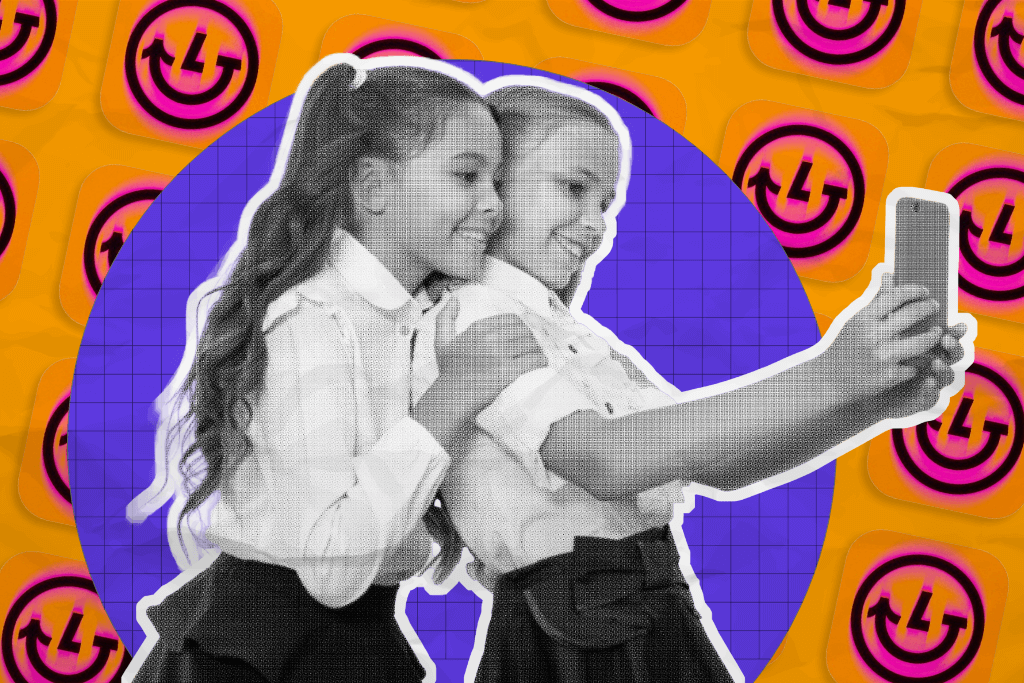
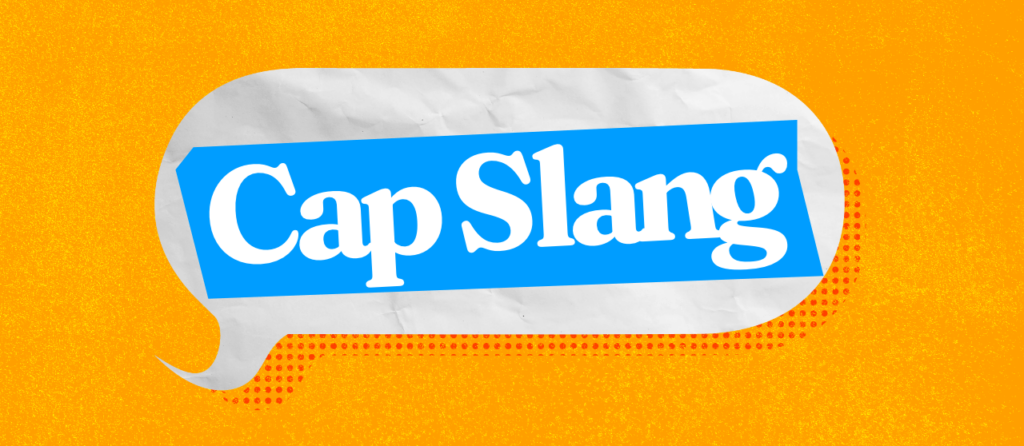
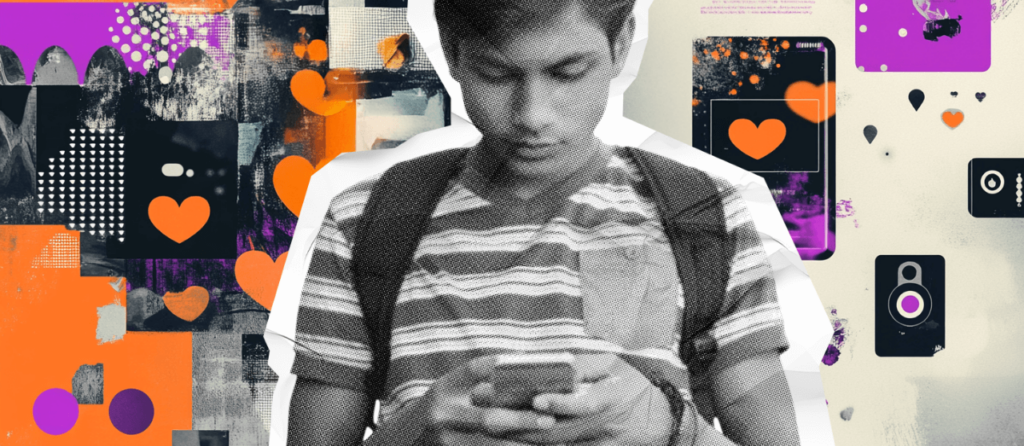
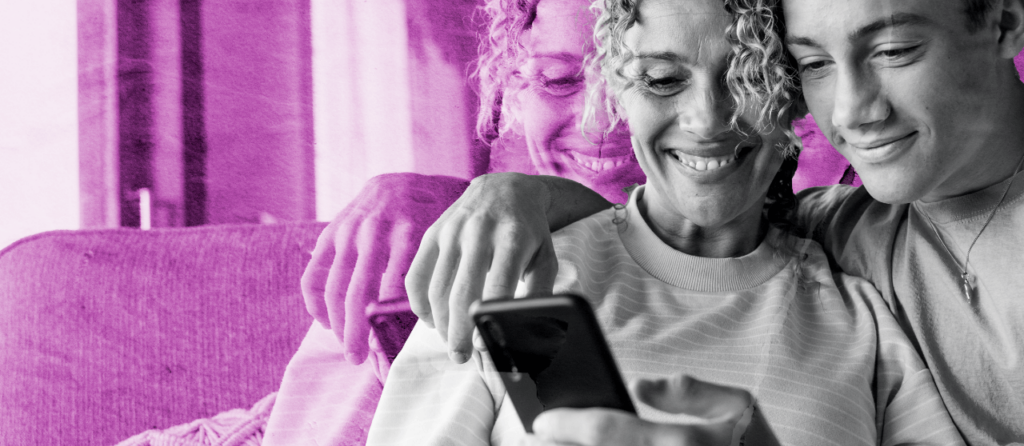
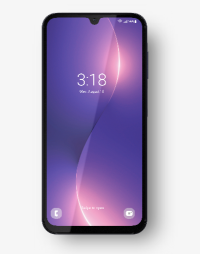
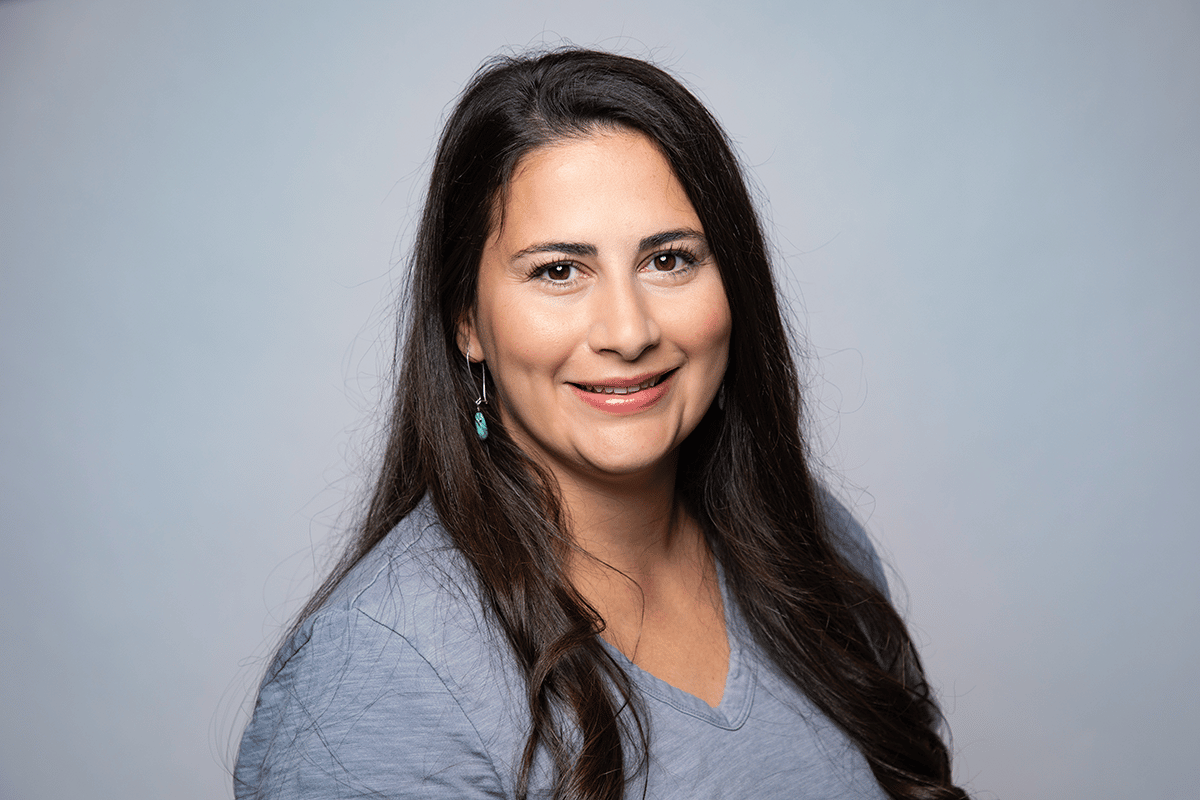
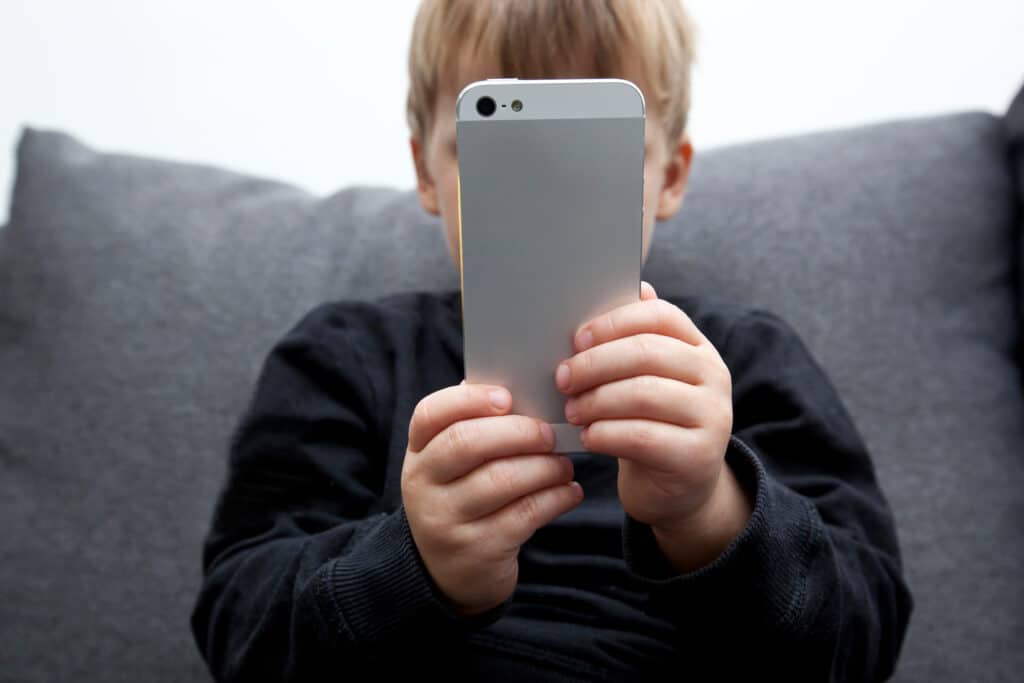
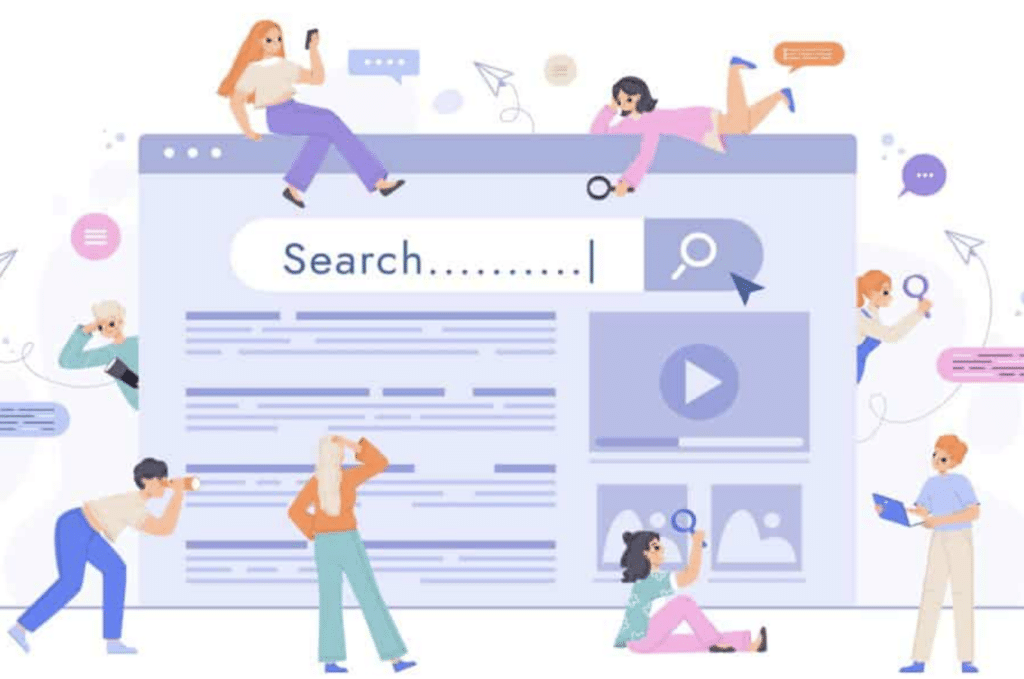
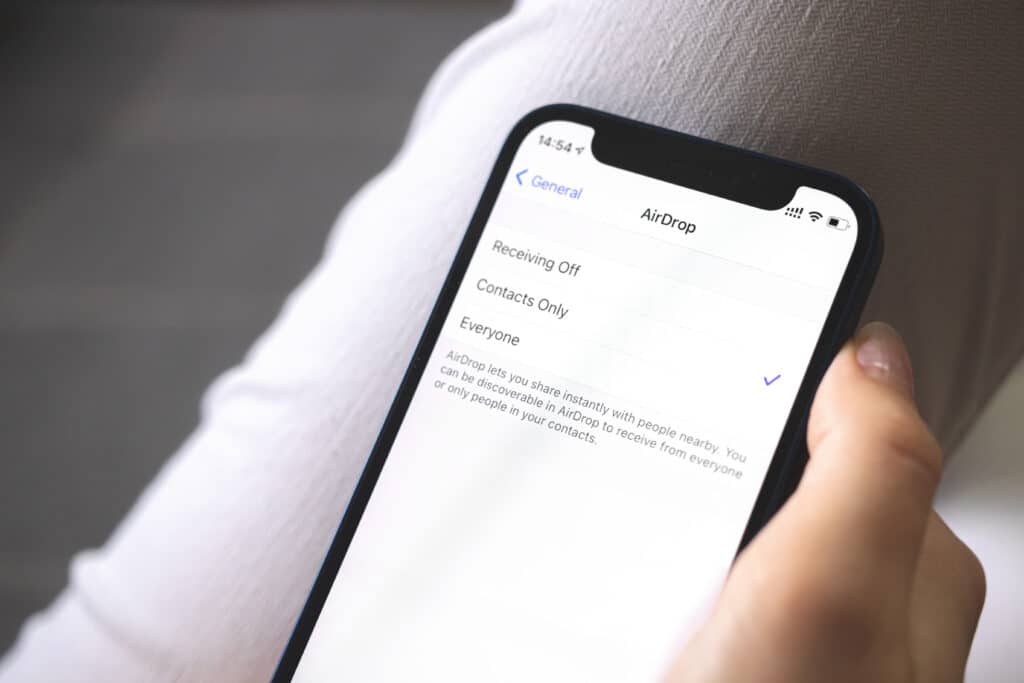
Success!
Your comment has been submitted for review! We will notify you when it has been approved and posted!
Thank you!